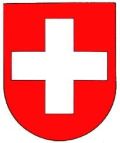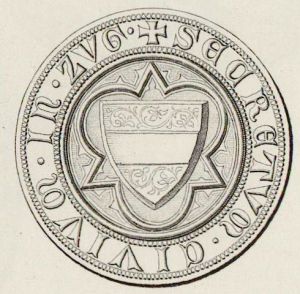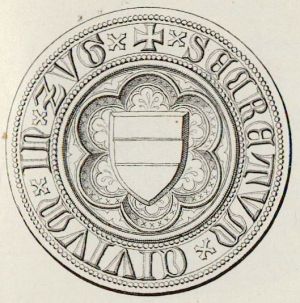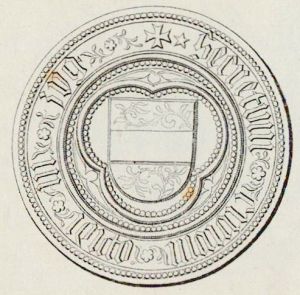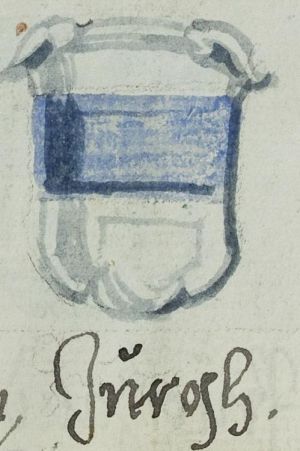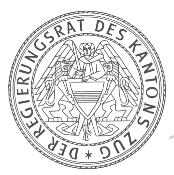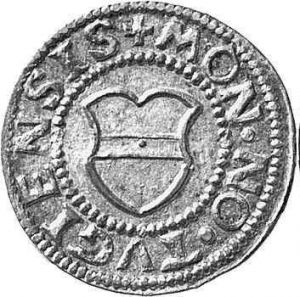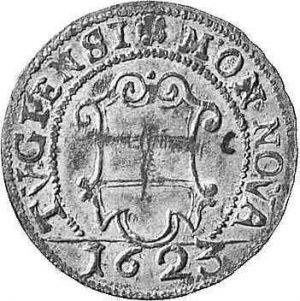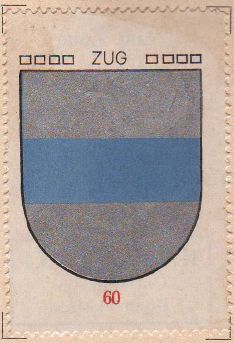Zug: Difference between revisions
Knorrepoes (talk | contribs) No edit summary |
Knorrepoes (talk | contribs) m (Text replacement - " Wapen- en Vlaggenboek van Gerrit Hesman (1708)" to " Wapen- en Vlaggenboek van Gerrit Hesman (1708)") |
||
| Line 24: | Line 24: | ||
|align="center"|[[File:{{PAGENAME}}16.jpg|center|300 px|Arms of {{PAGENAME}}]] <br/>The arms in a [[:Category:Windhag city arms|16th century manuscript]] | |align="center"|[[File:{{PAGENAME}}16.jpg|center|300 px|Arms of {{PAGENAME}}]] <br/>The arms in a [[:Category:Windhag city arms|16th century manuscript]] | ||
|- | |- | ||
|align="center"|[[File:{{PAGENAME}}.hes.jpg|350 px|center|Arms of {{PAGENAME}}]]<br/>The arms in the Wapen- en Vlaggenboek van Gerrit Hesman (1708) | |align="center"|[[File:{{PAGENAME}}.hes.jpg|350 px|center|Arms of {{PAGENAME}}]]<br/>The arms in the [[Wapen- en Vlaggenboek Hesman|Wapen- en Vlaggenboek]] van Gerrit Hesman (1708) | ||
|} | |} | ||
Revision as of 13:09, 9 January 2022
Swiss heraldry portal
This page is part of the Swiss heraldry portal |
Heraldry of the World |
|
Swiss civic heraldry:
|
Other heraldry: |
ZUG (City and Canton)
| Zug city |
Zug canton |
Origin/meaning
The arms of the City and Canton of Zug are identical. The only difference is the use of the crown by the city.
The oldest known seals of the city of Zug date from the last quarter of the 13th century and all show the patron saint of the city, St. Michael.
The oldest seal in which the arms with the bar are used for the first time dates from around 1319. All later seals and arms always show the single bar.
| The seal from 1319 |
The seal from 1370 |
| The seal from 1412 |
The seal from 1474 |
| The seal from 1447-1663 |
The arms in a 16th century manuscript |
The arms in the Wapen- en Vlaggenboek van Gerrit Hesman (1708) |
The arms are most likely derived from the arms of Austria, as the city at the time was an Austrian possession. When the colours were changed is not known, it may be that the colours were never the Austrian colours (red-silver-red), but the silver and blue from the beginning.
The colours are known as such since the 15th century, but the second seal already hangs on a blue and silver ribbon on a document from 1370. On different occasions the arms of Zug are shown with supporters, most often lions or St. Michael, but also knights, savages or angels. As there was no consistency in the type of supporters, it is not likely that these were officially used, they do not appear in any of the seals either.
Only in the seal of the Canton from 1947 the arms are shown with two lions and St. Michael as supporters.
| The cantonal seal from 1947 |
| The arms on a 1565 coin |
The arms on a 1623 coin |
| The arms on a 1783 coin |
The arms on a 1803 coin |
| |
Variations of the arms in the Kaffee Hag albums 1914-1960 |
|
Contact and Support
Partners:
Your logo here ?
Contact us
© since 1995, Heraldry of the World, Ralf Hartemink 
Index of the site
Literature : Mühlmann, L. : Wappen und Fahnen der Schweiz, Bühler Verlag, Lengnau, 1977 and 1997; Iten and Zumbach, Wappenbuch des Kantons Zug, 1974.
